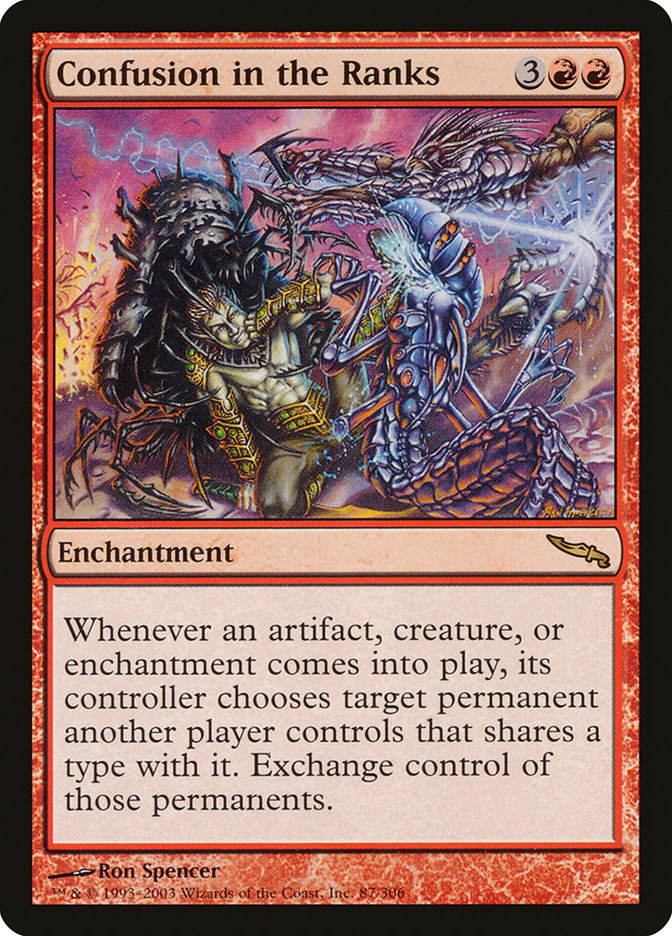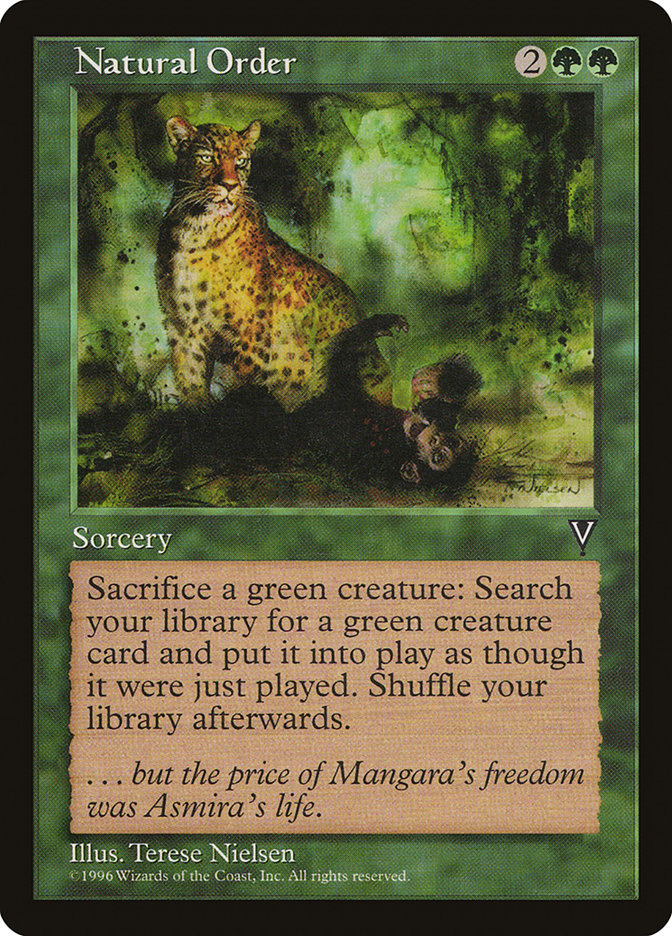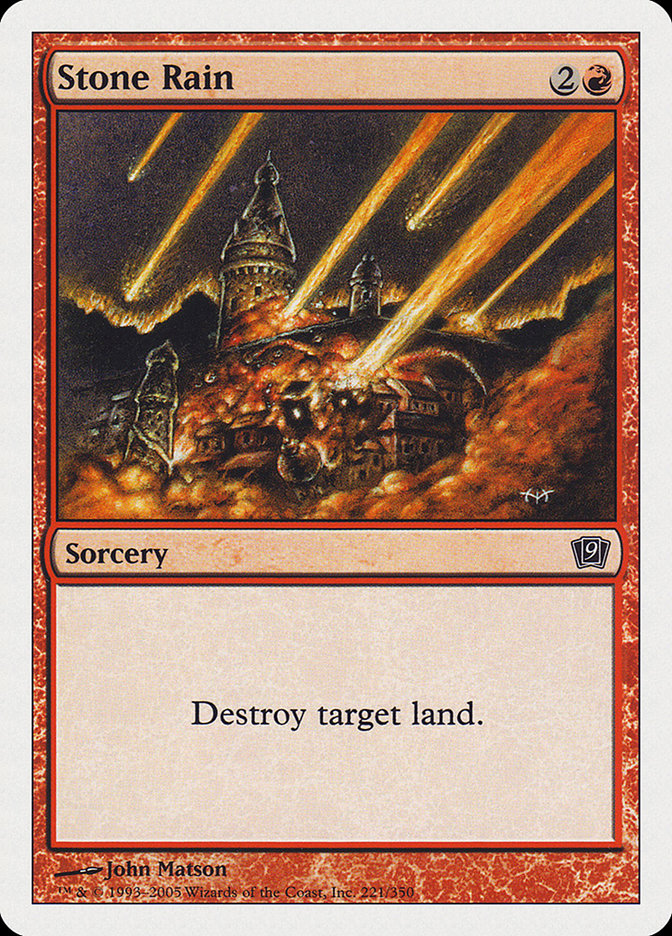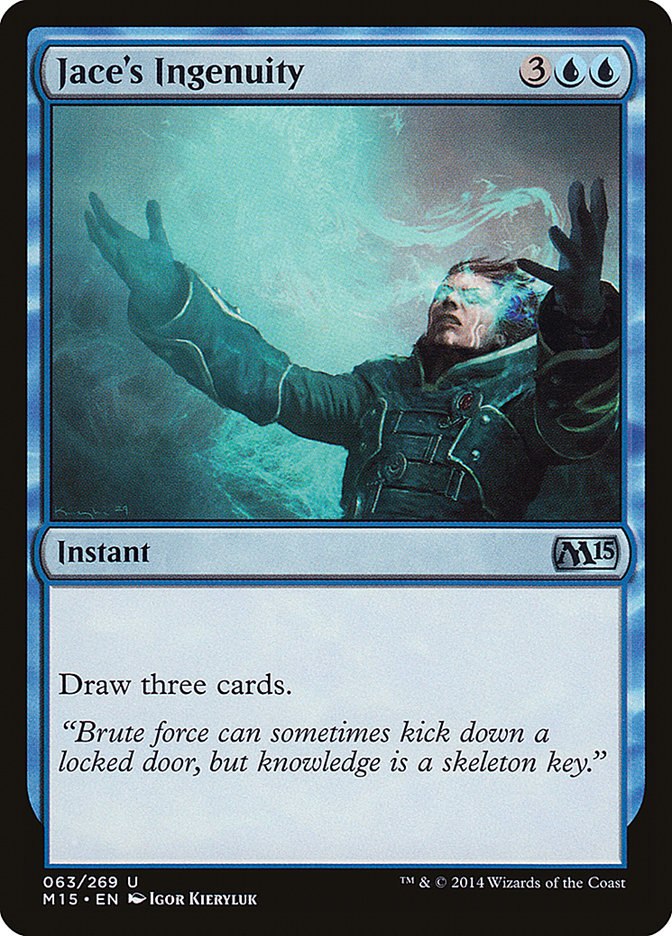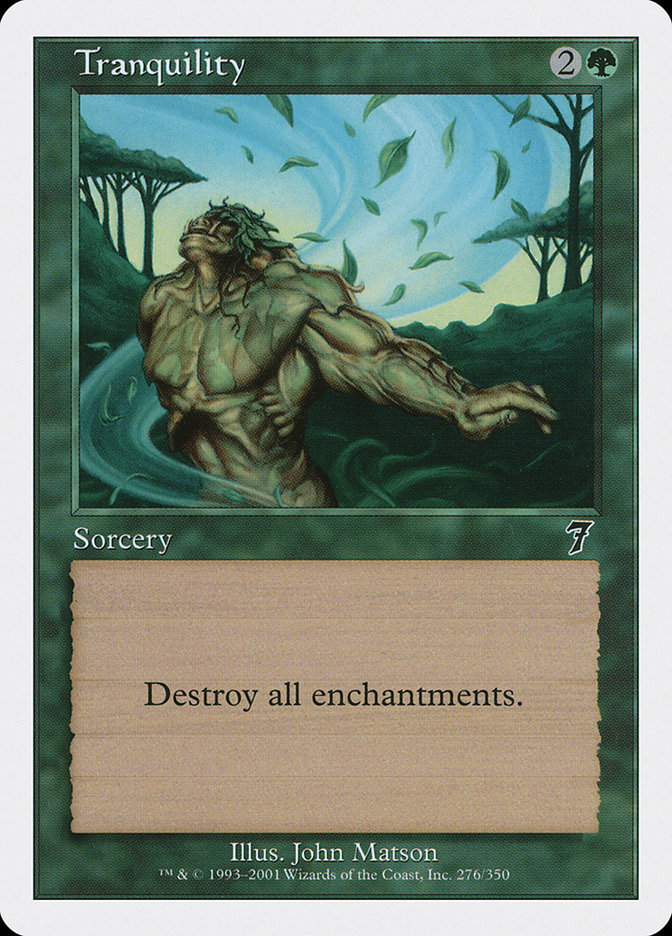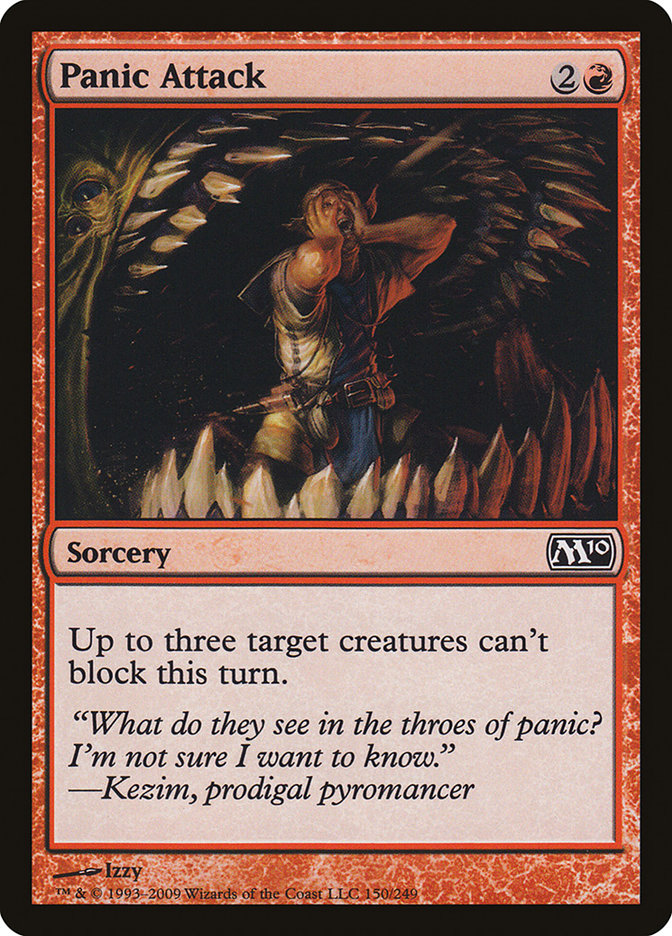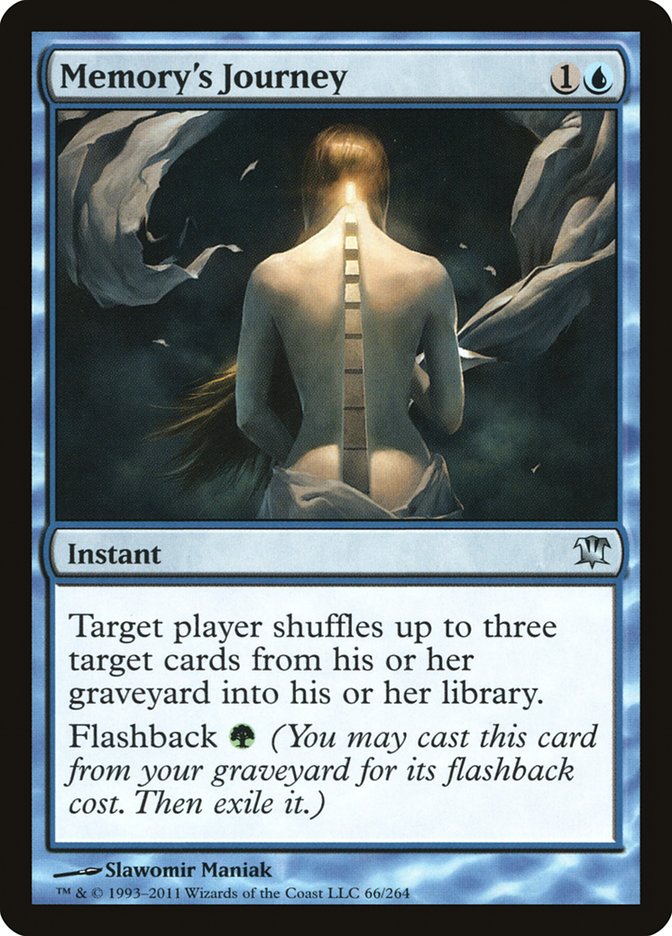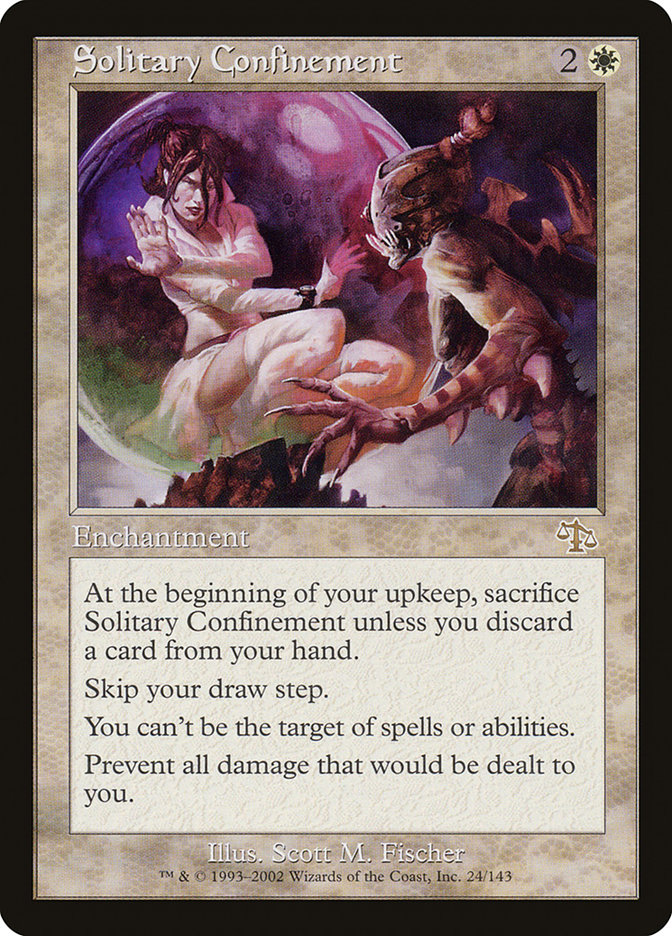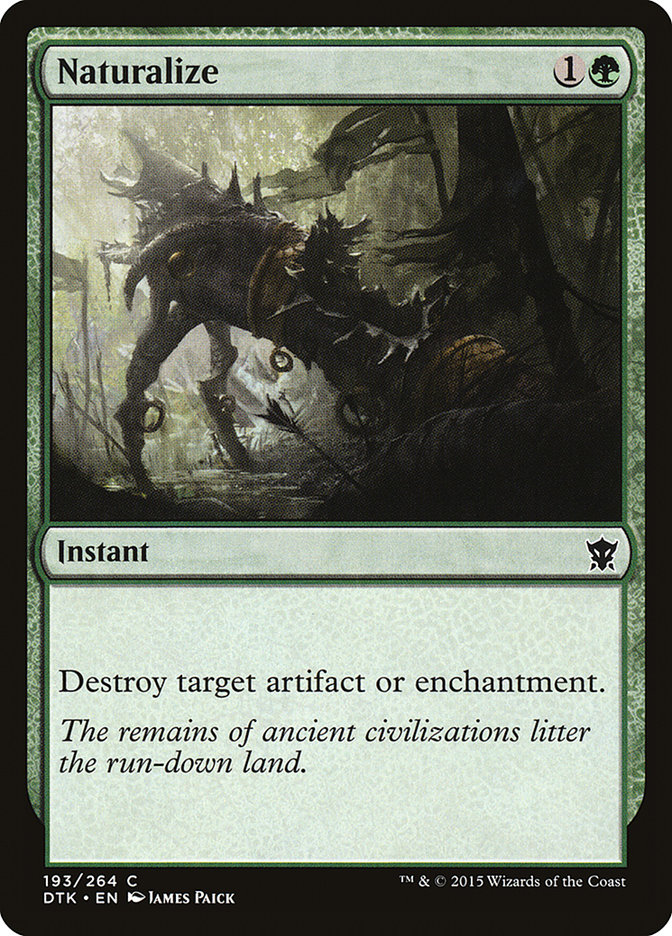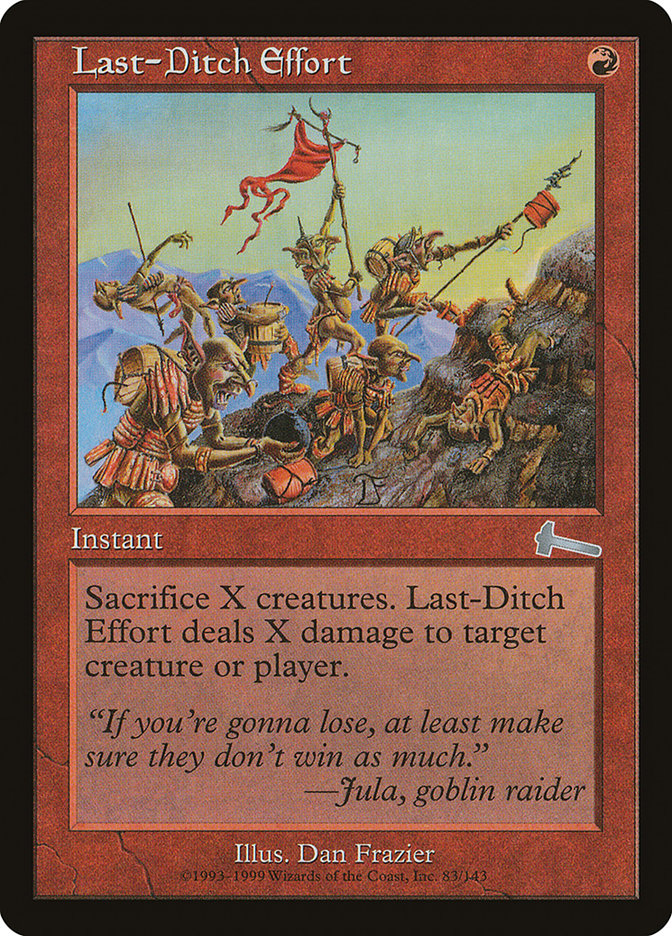– Ranking the colors.
Look at the colors with the most powerful commons, and what pair best with the other colors. Are you winning more with a specific color? You might have a specific preference or a color that matches well with your particular style of drafting and play. Usually, drafting the colors that are open takes precedence over your color preferences, but having strong preferences can drive you to avoid certain colors if it’s at all reasonable.
– Pick orders.
Pick orders are often thrown out the window in practice. The real value they have is in how you think about what the best cards are and discussing what cards you think are good with others to hone in what you think matters.
– Defining archetypes.
The first step is just identifying all the viable archetypes. Often color pairs will have hidden strategies within them. Are there combo decks or uncommons you can build entire decks around? Does the speed of the format’s cards allow for an all-in Mono-Red deck? These things vary from format to format and are rarely obvious at first glance.
– Identify what is the deciding factor in most games.
Is it mana screw or flood? Bombs? A solid curve? Card advantage? Fliers? This can help point you in the direction of what matters.
– Try every card you can and prioritize playing with rarer cards.
Ultimately, getting better at drafting is a matter of practice. When you’re preparing to get better at a format and to win a tournament, you should be trying to learn how all the cards interact with each other.
– Go into the draft with a plan.
Know what your preferences are. In this way, Draft is like Constructed and you can metagame. You look at the entire format as a whole and judge which strategies are best, which colors go together best, what is good against what, which bombs you want to open, which cards are underrated and overrated, and how you can capitalize on that.
Sitting Down to Draft
You’ve put in the time and learned the format and the day of The Big Important Tournament has arrived. You sit down at your draft pod, three packs in front of you, and get ready to start.
– Relax.
Take a few deep breaths and clear your mind. Your stress, your fears, and doubts don’t matter. Real life gets suspended for a little while. You are a drafting machine. You will make mistakes and take them in stride. You will make each pick as best you can and never look back with regret. What is done is done. Feel free to take a moment and visualize yourself drafting well and going undefeated in your pod.
– Review your plan.
Take a moment to review what you practiced. Go over what’s good in the format and what some first-pick decisions might be. This is especially useful if it’s early in the morning and you’re just waking up
You might need a specific finish to make Top 8, which can alter the way you draft a little. Whether you need 1-2 or 3-0 might change whether you’re willing to go all-in on a specific strategy that requires a critical mass of certain cards to be good. Usually you’re just going to do your thing and focus on making a solid deck with the signals that are available.
Don’t go on a wild goose chase. Stick to your plan and do your thing.
Drafting
Follow this advice while you’re drafting and you’ll be sure to set your draft up for success:
– Stay open.
This is common advice, but it’s also important and difficult to follow. It’s easy to get too attached to early picks. Often a first or second pick will stick in your mind. First picks are powerful and frame the rest of your draft, but should be dropped like a rotten potato when the colors flowing in the rest of the packs don’t support it.
A bird in your hand is worth two in your draft pile. Focus on what colors are being passed to you and favor the colors of the good cards that have been coming more recently. A strong signal later on in Pack 1 is more important than a signal at the beginning of Pack 1.
The worse your holdings, the more open you can stay, and it pays to diversify your holdings early on. Taking powerful cards of four different colors as your first four picks isn’t a bad thing. There’s plenty of time to get enough playables, and that’s going to happen much more easily if you’re in the right colors.
An example of how you could be more open: at the end of Pack 1, picking up good playables in a new color over bad playables in your color. Another way to stay open that isn’t intuitive is to stay in one color, even if that means taking weaker cards. You’re staying open in what your second color is by strongly locking in your first color. This works best in a format where bomb rares are incredibly dominating and you’d get rewarded for opening one.
– Don’t panic.
What are you trying to accomplish?
You’re drafting the best deck possible from what’s available. How good your deck is in an absolute sense doesn’t matter; what matters is how good it is in comparison to your opponents’s deck, and, more importantly, what matters is if it wins.
Some drafts are easy. Some are very difficult. Your end product doesn’t tell the whole story.
You might know a really powerful strategy that you strongly prefer, but if the cards, or enough cards, don’t come, you can’t draft a reasonable deck. Go with the flow.
Sometimes drafts seem to be going horribly. Why focus on your bad luck or how terrible the signals and packs have been, especially during the draft? You can’t control the packs, only your picks.
You’re trying to navigate your seat as best you can. This doesn’t mean you’ll always have a great deck. You might have a terrible seat and the best deck you can scrape together is mediocre. It’s about the decisions you make and the expectation of how much those decisions will pay off, not just about how good the deck you end up with is. All you’re interested in is navigating the draft as best you can.
Don’t chastise yourself for the deck you could’ve had or waste time lamenting a poor pick. That isn’t going to help.
It also doesn’t matter how hard you win. If you consistently draft 7/10 decks, that’s going to be better than alternating between 3/10 decks and 9/10 decks. You don’t need to draft a perfect deck that destroys the competition completely; you just need a deck that is capable of picking up some wins.
Make the best picks you can for the seat you’re in. Nothing more, nothing less.
– Remember your picks.
How do you remember your picks during a draft? This isn’t an issue if you draft online or can review the cards you’ve picked at any point, but at high-level events where you can’t, it’s easy to forget the cards you’ve picked. This issue is actually compounded if you draft a lot online, since you’re so used to just looking at the cards you’ve already drafted.
A good method is to hide your picks online and in practice drafts, which is a good start to help you prepare under similar conditions, but that still doesn’t make your memory flawless.
Just remembering isn’t bad; it’s not hard to remember the colors you’re in and key cards you have, and the review period should give you time to recall things. But it’s easy to lose track of details and specific cards during a draft.
It’s easy to think you’re committed to a color just because you have as few as one card in that color, or forget how your curve looks, if you aren’t looking at the total picture.
What are the people on your left and right drafting? What colors are flowing and open? What did you pass? While you’re drafting, you should always be thinking, and it can often be overwhelming.
I was brainstorming ways that would help improve my drafting skill overall, and one of those ways is to improve your memory of what picks you’ve made.
The book Moonwalking with Einstein is about memory and methods of memorization. It can become easy to memorize a deck of cards once you have memories linked to a sequence of memorable images.
This isn’t necessarily useful for remembering cards while drafting, since the process takes time to go through and unpack each memory in sequence, time you might not have while drafting. But there are other methods that are helpful while drafting.
Images of Magic cards are memorable, so we can use that to our advantage. I like to build a “Draft Palace” and fill it up with cards as I draft. This is sort of a modified rudimentary form of the technique used in Moonwalking with Einstein, but is much simpler and doesn’t take much effort. As I pick a card for my deck, I close my eyes and I imagine I’m building my deck. I have a space on the table to lay out all the cards, sorted by casting cost, and then I place the card I drafted in its appropriate spot.
So if I first pick an Oblivion Strike, I imagine putting it in the four-drop slot. Then I second pick Reflector Mage and imagine putting it in the three-drop slot, like I would if I were laying my deck out for deckbuilding. As I pick more cards, I just add them in. Then, whenever I want, I can close my eyes and imagine the deck I’m building, looking at its curve and the colors of cards I have. It’s not foolproof and you can still forget things, but if you try it, you might be surprised how easy it is to remember the cards you’ve picked.
Bag of Tricks
Magic is a game of inches. Often the smallest decision can decide who wins a match. There are plenty of ways to get small edges and these can add up quickly.
– If you’re registering your decklist, always double-check it. Game losses suck.
– When building your draft deck, don’t be afraid to goldfish it a couple times. Take all the time in deckbuilding to get everything right.
– Seventeen lands in a draft deck is the norm, but you should probably be changing this number up more than you are.
As a general rule, you want more lands in your deck when you’re on the play and can afford to have fewer when you’re on the draw. The extra card you get on the draw helps make sure you don’t miss an important land drop. Decks that run sixteen or fewer lands often have a low curve with few cards over converted mana cost four. If you’re on the draw in a control mirror match, also consider siding out a land, since games tend to go long and you want a higher density of spells for the late-game.
Having eighteen lands is nicer on the play, or if your curve is high. You can also consider running eighteen lands if you’re cutting a weak card in an otherwise amazing deck to reduce your chances of getting manascrewed.
– Consider running 41 (or more) cards if you’re afraid of getting decked, be it because you’re playing a mill deck or a majorly slow control mirror.
– Sideboard more often.
It is rare you ever play a match of Limited without changing your deck. If you’re playing a control mirror, side out your Walls. If you’re playing an aggro deck, lower your curve and play more early-game blockers.
– Tap your mana with purpose.
Even if you don’t have a trick, think of one and represent it if it’s not hard to. Sometimes, limiting your options actually makes it look more like you have a trick. Leaving up two Swamps instead of a Swamp and an Island might represent fewer cards, but it will sure make your opponent think about Grasp of Darkness more.
– Never give up, never surrender.
This is probably the best piece of advice you can follow to be a better competitive player. Always search for a path to victory, even when hope seems lost.
The most dangerous opponent is one that will fight until the very end, never giving an inch of quit, look for any opportunity to pounce on your weakness, and make you wrestle the win out of their hands every single draft, every single game, every single match, every single tournament. That is who you want to be when the cards are down.


